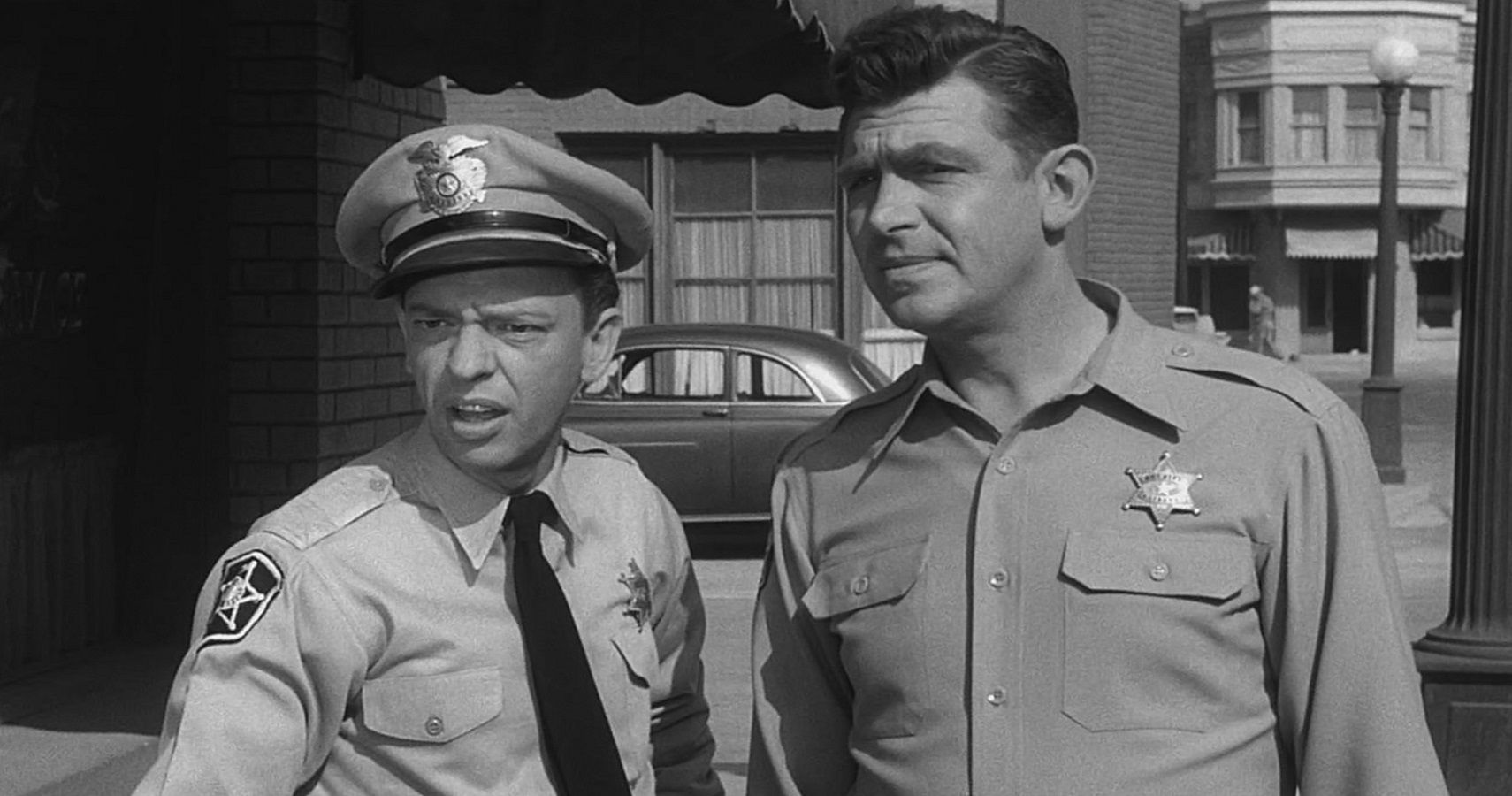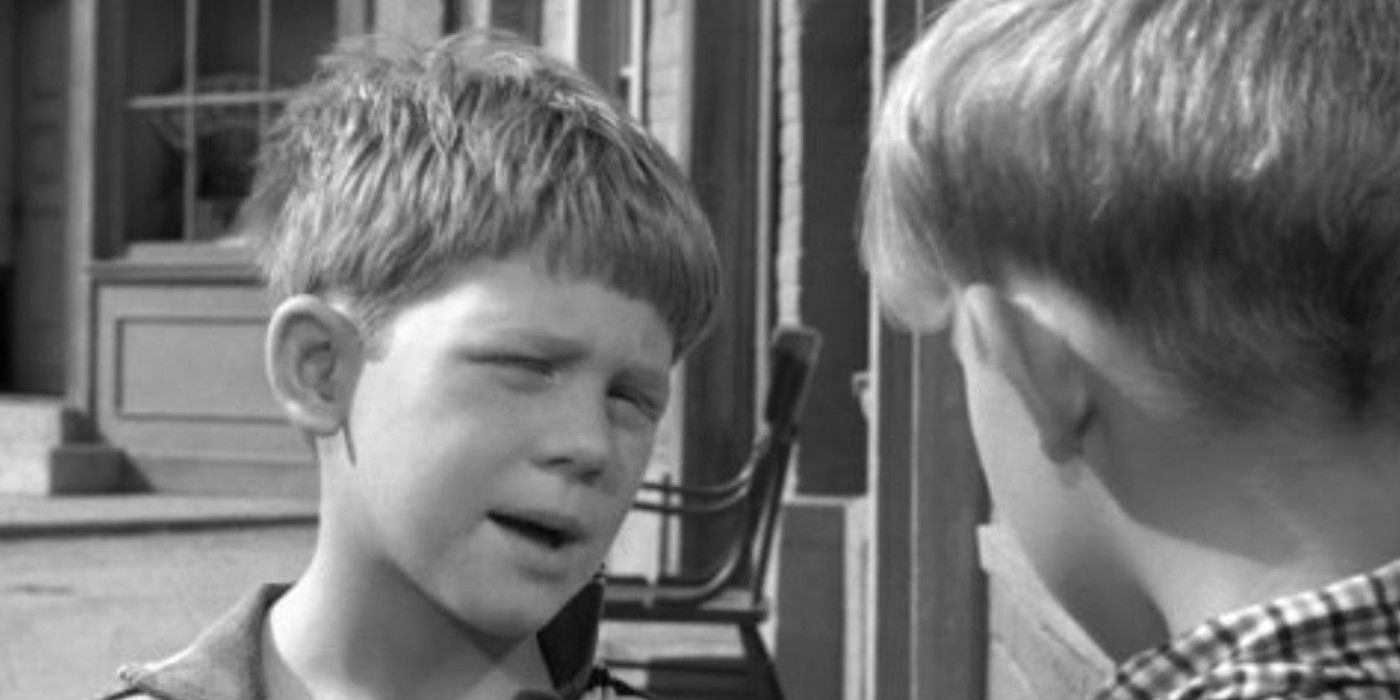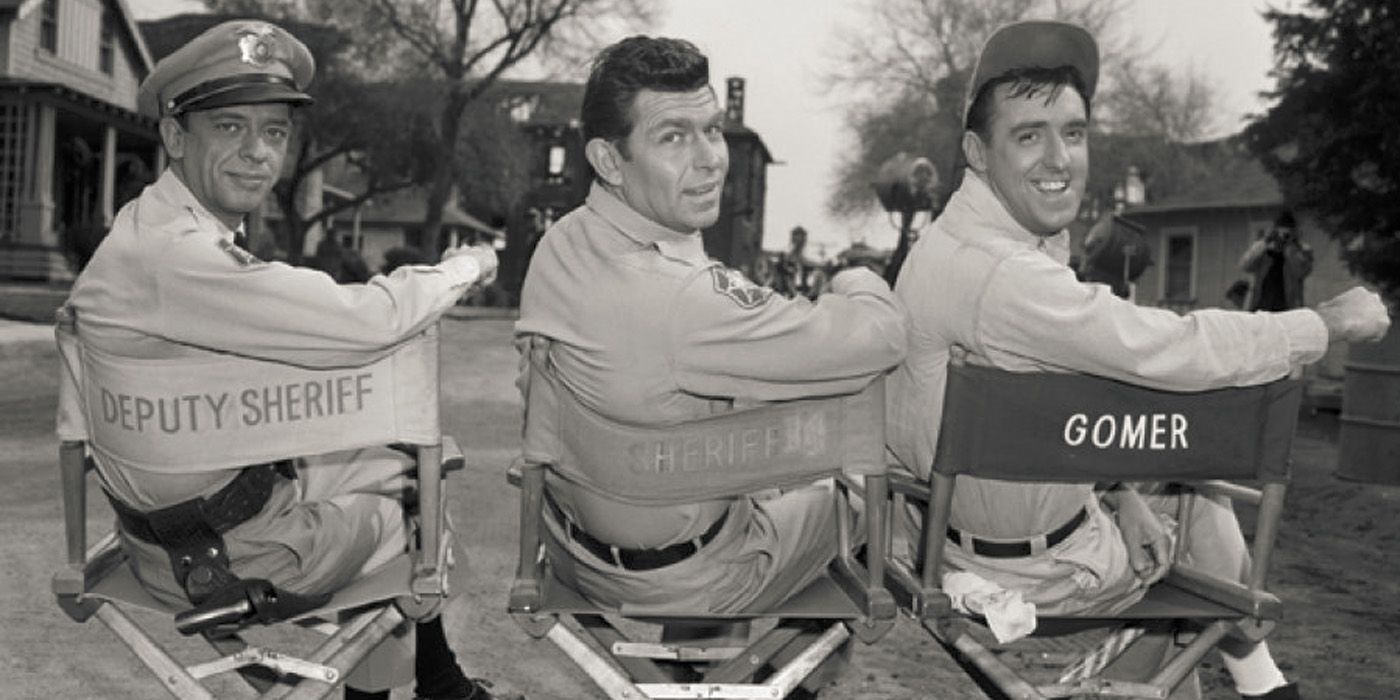

Updated Jun 12, 2024
Follow
Share
Link copied to clipboard
Related


Summary
- Opie Taylor was originally going to be a wise-cracking kid akin to other child characters at the time.
- Ron Howard’s real-life father stepped in after the filming of The Andy Griffith Show pilot to suggest an alternate approach to Opie.
- Opie was rewritten to be a respectful young boy, bringing a unique and genuine quality to The Andy Griffith Show.
Ron Howard explains how The Andy Griffith Show rewrote his key character. Howard played Opie Taylor on the hit ‘60s show, beginning the role when he was only six years old and continuing to act until the show ended, when he was 14 years old. In addition to Howard, the popular ’60s series The Andy Griffith Show starred the eponymous Andy Griffith alongside a supporting cast including Don Knotts, Frances Bavier, Colin Male, George Lindsey, Howard McNear, Tom Jacobs, Aneta Corsaut, Jack Dodson, and Hal Smith.
Howard was asked about the freshness of Opie’s character in The Andy Griffith Show, and went on to explain how the character was altered from his original form. Before Howard’s father stepped in, Opie Taylor was written as a wise-cracking, precocious young kid in the way many child characters at the time were. After the first episode, Howard’s father suggested a softer alternative to Griffith, wherein Opie “actually respected his father.” Check out the full quote from Howard below:
This is something that means a lot to me, and I didn’t know anything about it at the time, but later Andy told me this. So when we were doing a revival, Return to Mayberry, or one of those sort of interview specials or something, Andy told me that in that very first season, the first episode, that my dad — was an actor, not a famous actor, but he was a professional, working — took it upon himself to just go up quietly to Andy at one point and say, ‘Now I see they’re writing Opie kind of the way they write the Rusty Hamer character on Danny Thomas. And like so many shows, where he’s a wise ass. And he said, ‘You know, Ronnie can do that and everything, but what if he actually respected his father?’ And Andy thought about it, and told me years later that he went back to the writers and said, ‘Let’s write Andy-Opie like Ronnie-Rance.’ And let’s try that. And they went for it.
Why This Opie Decision Was A Good One
The Andy Griffith Show Maintained an Organic Feel

Opie’s character is far more human, believable, and likable than many other child characters on TV, and imbues The Andy Griffith Show with the profound sense of kindness that so characterizes the show.
As per Howard’s description, Opie stood out from many young characters that were on TV during the time of The Andy Griffith Show. This difference made it such that Opie was a much more fully-formed, believable young boy than many of the other characters. This element of Opie makes his character far more human, realistic, and likable than many other child characters on TV, and imbues The Andy Griffith Show with the profound sense of kindness that so characterizes it.
The Opie change was not the only thing that now-director Howard revealed about The Andy Griffith Show in his conversation with O’Brien. Earlier in the interview, the host asked him to speak about the slow dialogue scenes that were typically held between Andy and Barney. Howard then revealed that the majority of those scenes were improvised, used to fill in for time when the episodes were coming in short. The scenes that resulted from this process felt like real conversations, and that was because they were.

The Andy Griffith Show: 10 Jokes That Aged Poorly
The Andy Griffith Show is a classic TV show from the 60s and one that people still watch. But some of the jokes are dated and don’t fly today.
Through both the Opie change and the revelation about the dialogue scenes, it becomes clear how much of The Andy Griffith Show was an evolving process. The series’ content was not just dictated by star Griffith or main producer Aaron Ruben, but was a coalescing of multiple great TV minds. This collaborative environment led to a show that felt organic, believable, and real, and cemented The Andy Griffith Show as one of the most-loved sitcoms of all time.
Leave a Reply